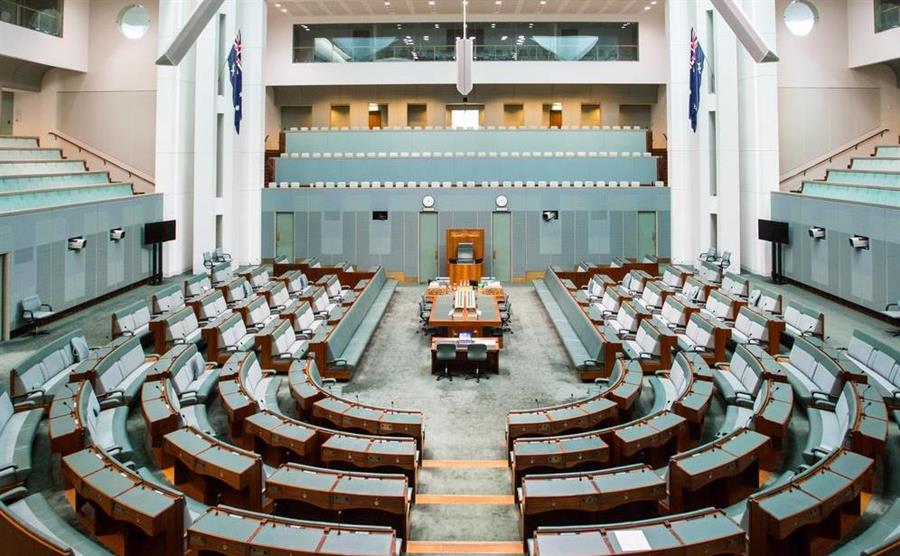Monthly budgeting is an essential tool to help you make strategic business decisions that will result in a success. It gives you a better understanding of your business and where you stand going forward, and has never been as important as it is in the current economic environment.
Budgeting identifies current available capital, provides an estimate of expenditure and anticipates incoming revenue. By referring to the budget businesses can measure performance against expenditure and ensure that resources are available for initiatives that support business growth and development. It enables the business owner to concentrate on cash flow, reducing costs, improving profits and increasing returns on investment.
Setting up your budget:
Nearly all accounting software providers will provide you with some sort of budgeting feature. It will set out a format where you can provide your business inflows and outflows and show you where your business money is going on one document. You can then test out different scenarios for your business. E.g what if sales go up by 10%, what if I lose a big client or can I afford to hire more staff.
It is important to review your budget constantly and monthly is generally a good time frame. As future events become more known you should update the budget accordingly. Since a budget applies a lot of estimating and forecasting for future events it’s important to update these figures to make sure the budget is as accurate as possible, especially in rapidly changing conditions.. This will give you better information to make informed business decisions.
But most of all, a budget gives you more certainty and confidence. You get a clearer picture of the state of your business and you know where you stand. You’ll be able to see the obstacles and find your way around them.
Preparing a budget is one of FAJ’s Planning and Growth services. If you would like any assistance please contact us.
Other related blogs:
Ready for COVID recovery
You need a business roadmap
Cash is king
Author: Rhys Frewin
Email: [email protected]


 Employers who do not pay super guarantee on time will be liable for the superannuation guarantee charge (SGC). The charge is equal to the sum of:
Employers who do not pay super guarantee on time will be liable for the superannuation guarantee charge (SGC). The charge is equal to the sum of:






